| Life | Home | Highlights | ||||
| My Family |
Where we come from
|
 |
Where we come from
All Vahrenkamps in this world originate from a single location, which still exists as the registered field-name "Vahrenkamp" in a village called Oppenwehe in north-west Germany. This old German field-name which means "camp with fir trees" is easier to understand in English than in German. There are Vahrenkamps in both the eastern and the western hemispheres. As a rule their ancestors emigrated in the late 18th century because of poverty or in the early 19th century during the Napoleonic wars. My great-great-grandfather Christian-Heinrich Vahrenkamp left the area in 1806 to evade the draft by Napoleonic troups, and eventually the family ended up in Duisburg where my father was born and where I went to school. Due to the prevalence of the name "Heinrich" in my paternal line I am Heinrich IV, and I have enjoyed finding some likeliness of myself to the German as well as the English and French kings of this name.


My Ancestors
I was the first academic in my family. All my forefathers were either farmers or craftsmen, and of course the women did not have a career of their own. My father's line is one of craftsmen and tradesmen: my grandfather and two of my uncles were plumbers. The maiden name of my mother (Simonsmeier) and the names of many of her forefathers end on "Meier" which in old German means "owner of a farm".
A remarkable feature of my ancestors is longevity. Those who did not reach old age died because of the limited abilities of medicine in their days: My father's father died at age 68 after a stroke, my mother's mother died at age 29 after giving birth to a child. Also typically, not all children of my grandparents survived their early childhood. My father's mother had 8 children of whom 7 survived, my mother's mother had 3 children of whom 2 survived. After her father's re-marriage there was one more child. Having been a stepdaughter has shaped both my mother's character and the course of her life.
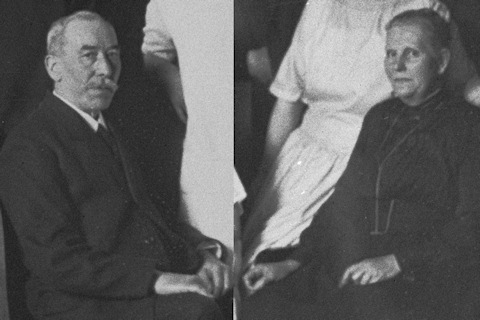 My father's parents at age 60, Gustav Vahrenkamp and Sophie Öhler |
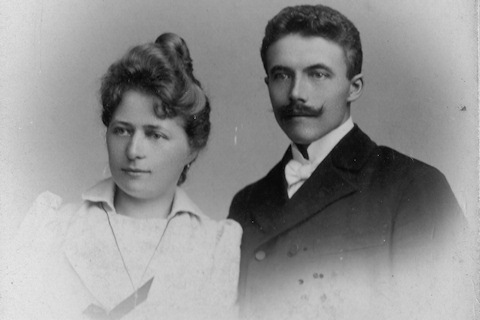 My mother's parents at their wedding: Friedrich Simonsmeier and Marie Werthoff |
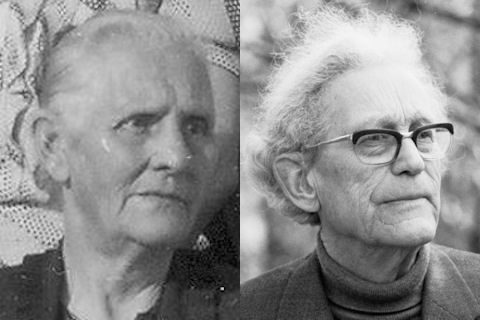 My father and his mother, both at age 80 |
|
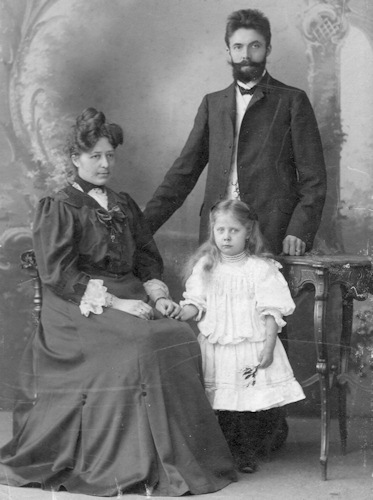 My mother with her parents, 1907 |
 My father's family, 1920 |
The lives of my parents Heinrich Vahrenkamp ("Hein", 1900-1983) and Wilhelmine Simonsmeier ("Mimi", 1902-1995) were a reflection of all the ups and downs of the 20th century. Born into a restless time, they lost everything three times, survived famine and fear, and moved from place to place. But after all this they lived long enough to enjoy many years of happiness and prosperity in their hometown Duisburg.
My father was only 17 years old when he was drafted to serve in World War I in the Alsace. In his professional life he worked in different positions in the transportation business, being located in Duisburg, Dortmund and Essen. In later years he was transferred back to Duisburg. He retired from work in 1967.
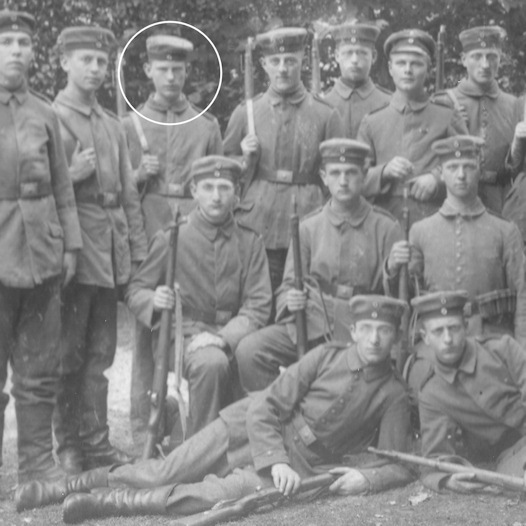 1918 |
 1934 |
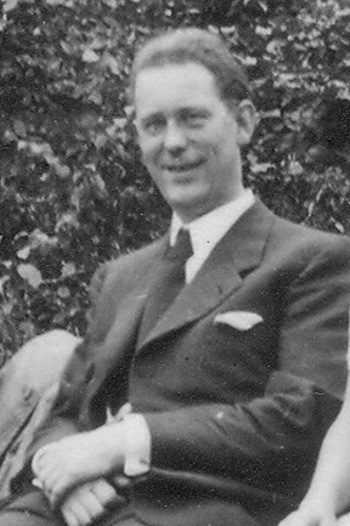 1939 |
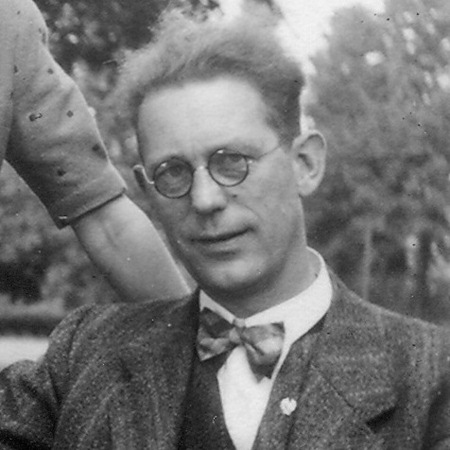 1945 |
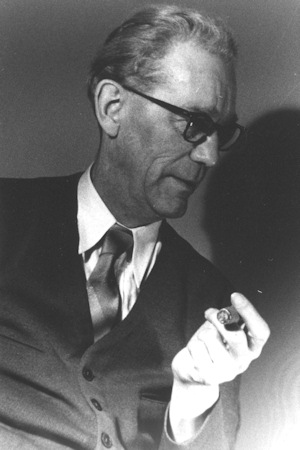 1960 |
1980 |
Among his three brothers and three sisters, my father was the youngest, and he married at the oldest age. As a result the age spread in my generation is 43 years, and I had a niece who was older than me.
My father and his brothers were all tall and handsome, his sisters in their younger years were very pretty. The whole Vahrenkamp family, despite their hard life, had a great sense of humour. They loved to sing, and I remember many loud and joyful family gatherings.

|
my father and his
brothers, 1920
|
 my father's sisters, 1910 |
My mother was the oldest of her father's three daughters. Because she lost her mother at age 7 and because the new stepmother did not take good care of the then 3 children, my mother had to bear responsibility at a very young age. She tried to escape from this, working as a maid in various places, but the First World War and the ensuing unrest did not allow her to steer a steady course. In the late twenties she ended up with her Aunt Jette in Duisburg, where she found a job and friendships. It was also in Duisburg in the early thirties that she met my father.
My mother was a beauty and not disinclined to coquetry. She never used cosmetics, and until her death at age 93 she had hardly any wrinkles. She had to master many crises, before and during her marriage, and she was the person who was strong enough to make the critical decisions and bear their consequences. Although she was very strict and educated me in a very conservative way, she was always gentle and optimistic, and never exhibited her dominance in the family.
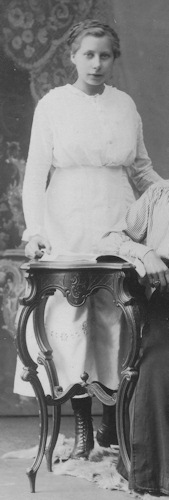 1917 |
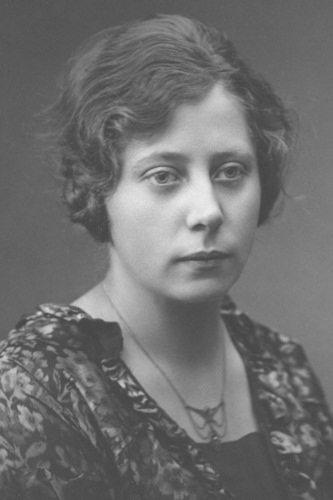 1919
|
 1923 |
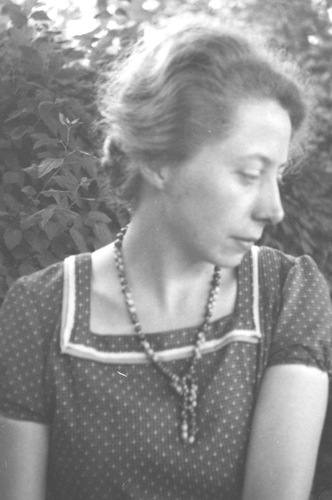 1932 |
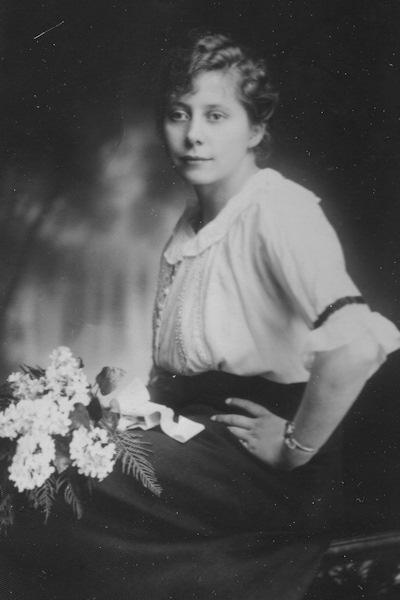 1918 |
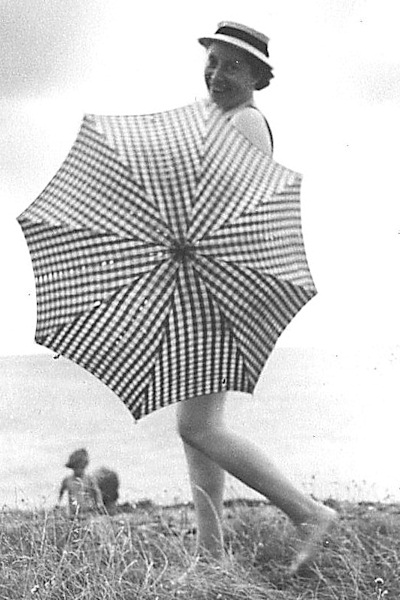 1955 |
1960 |
The most remarkable feature of my mother, to my opinion, were her eyes: big, observing, and trustworthy. She could quickly and reliably form an opinion on people and situations (which, as a rule, she kept to herself). If I should name the most important ability which I owe to her, it would be this urge to observe and sense, which may be why I chose science and which in the end has made me a better scientist.
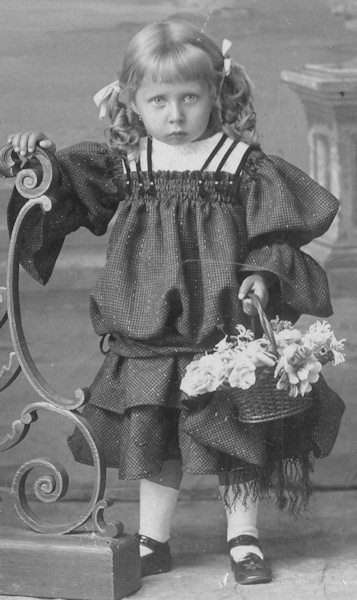 3 years old |
 54 years old |
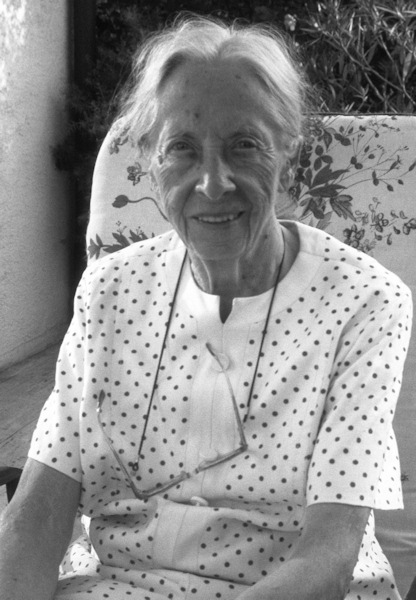 90 years old |
The relation between my mother and her sisters was a happy one, although they were of quite different character and the youngest was a stepsister. The youngest, Leni, died in her seventies from a stroke. The second, Grete, reached 89 years of age, and my mother died at age 93.
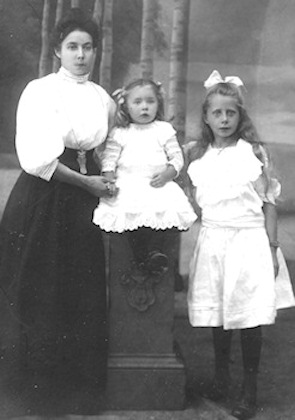 1912
|
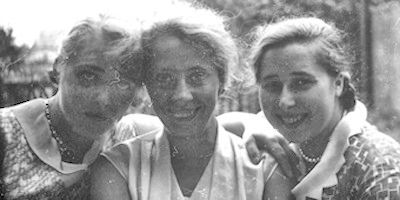 1932 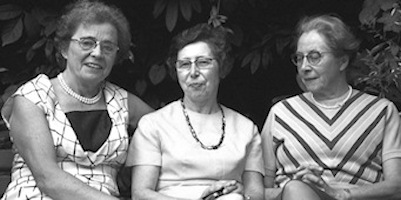 1972 |
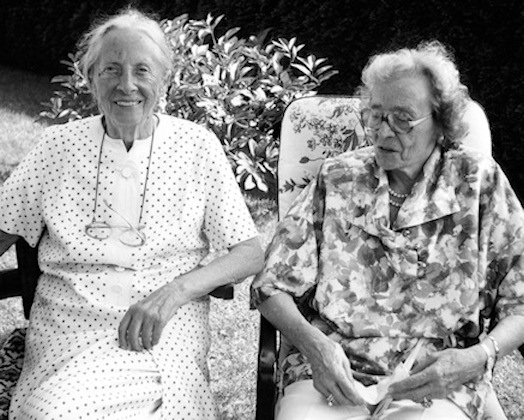 1992 |
The wedding of my parents could not take place until 1935, after my father's employer had recovered from the world financial crisis and given him a decent job in Dortmund. This marriage had many ups and downs, but thanks to my father the fights for survival during and after the war were mastered, and so was the one great crisis of their marriage thanks to my mother. While I have unhappy memories of the turbulent times between 1949 and 1957, my happy memories of the later years prevail.
 1935 - the wedding |
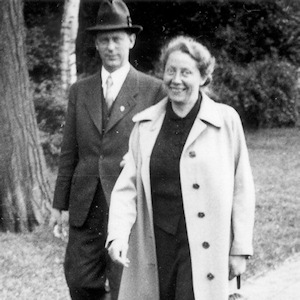 1939 - expecting! |
1961 - after the silver wedding anniversary |
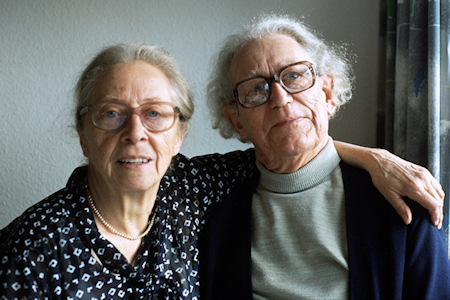 |
 |
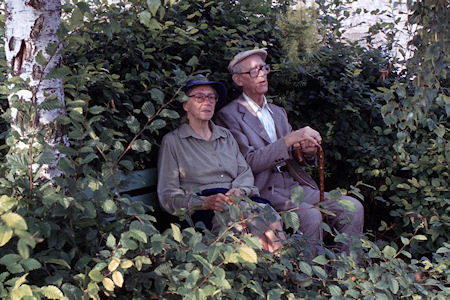 |
Miraculously all relatives in my parents' generation survived both world wars, albeit under dramatic circumstances in some cases. My father had to risk penalty for desertion when he evaded the draft for World War II. My parents' house was hit by bombs three times in 1943-1945. The most spectacular feat was achieved by my uncle Nikolai, the captain, who brought his ship, the Tübingen, back through the Allied sea blockade. When it all was over and there was finally enough food and drink again in 1947, they celebrated a famous reunion on the island of Sylt upon the occasion of the silver wedding anniversary of my uncle Gustav and his wife Lena.
 My uncle Nikolai, the captain |
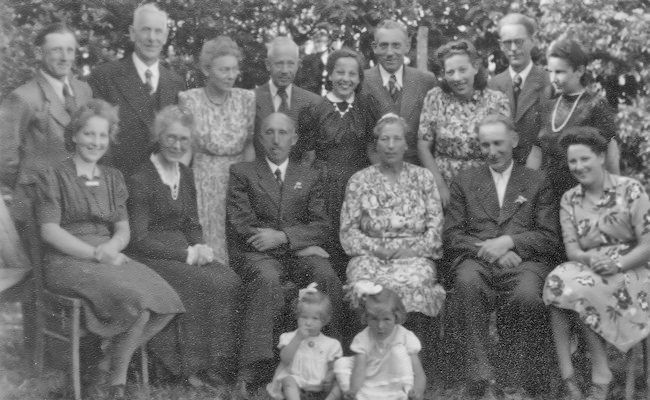 The silver wedding 1947 |
My Generation
I grew up amidst women: my mother, five aunts, ten female cousins. As I had no children, in my generation only one male cousin could propagate the name Vahrenkamp. My cousin Fritz did, and so did his son Ralf and hopefully his grandson Lars will also. Here they are, my cousins, as I like to remember them.
 Fritz
1925-2020 |
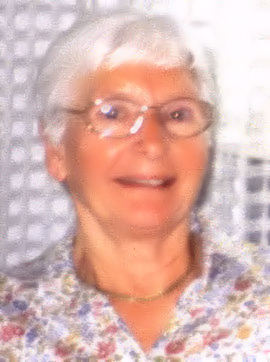 Erni
1930-2017 |
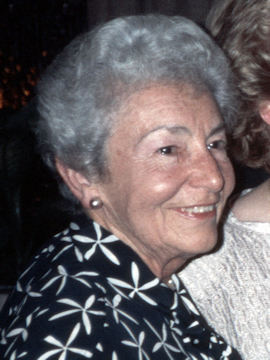 Marta
1914-2009 |
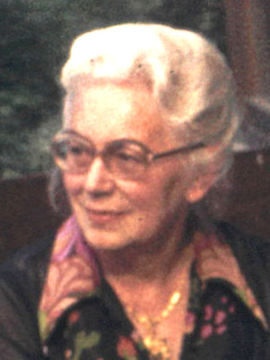 Matilde
1918-2002 |
 Gertrud
1923-2004 |
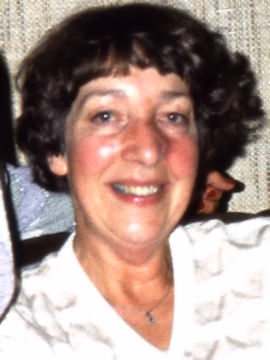 Inge
1928-2014 |
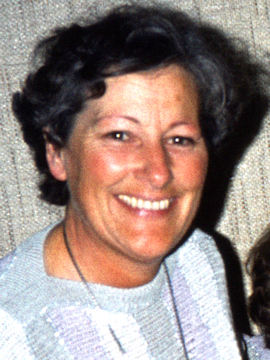 Erna
1930-
|
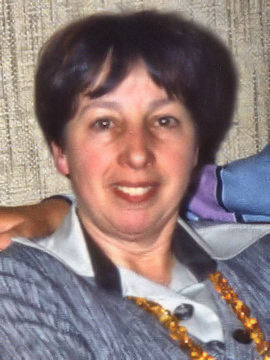 Dela
1933- |
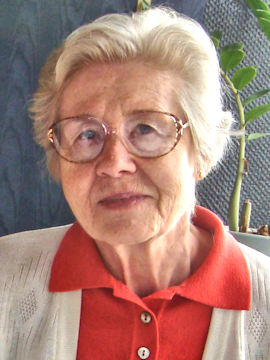 Margret
1931- |
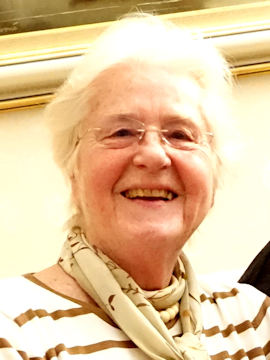 Christa
1933- |
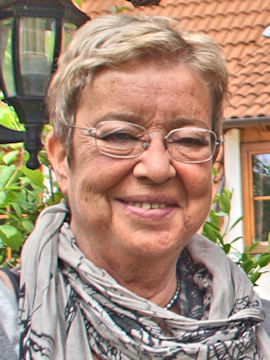 Dörte
1947- |
As typical examples the oldest and the youngest of my cousins shall be mentioned. Marta, the oldest, belonged to the generation which lived through almost the whole 20th century with all its ups and downs. She lost her husband in the war and her daughter due to cancer. It didn't break her Vahrenkamp spirit. Despite her seniority her nickname was "little Marta". She was only a few years younger than my father, and in their youth they went out dancing together. She was the driver and inventor, the poet and the lead singer in all the famous family events. After my father's death she gave me the affection that she had given to him, and that is why I like to remember her as my big sister.
 1935 |
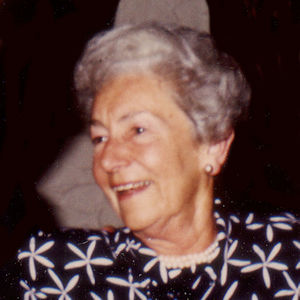 1985 |
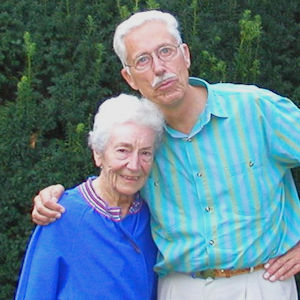 2003 |
|
Only one of my cousins, Dörte, is younger than I. She is the daughter of my mother's younger sister. She too had to bear her share of loss and suffering, and she too did not lose her big smile. When we were children we were quarrelling all the time. Later we realized how many things we have in common. So now she has become my little sister.

1950
|
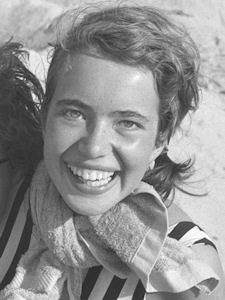 1963 |
2009
|
I was married for 35 years to Carla Dluzewski. Some memories of that time are shown in the section on my life.
Children ?
I have no children of my own. And yet I have reason to add a chapter on my children: first, because all the students who shared many years of their lives with me as researchers are really like my children (see the section on my coworkers); second, because over the years I have become more and more active in supporting children and youths in the Eastern world.
It all started with a newborn Chinese girl. I am her godfather, and I had the privilege of giving her her name. Freia was born in Freiburg to my Chinese coworker Sheng Tianlu and his wife in 2001. She was their second child, and had this been in China she would have had to be aborted. I gave him a position and social security in Germany, thus making the pregnancy legal.
Freia, having grown up and having become a beauty, is the most prominent of my Chinese "children". But over the years two other girls from China who crossed my ways in the 1990's grew so close to my heart that I can call them my daughters now. Lanfen from Baotou, Inner Mongolia, born 1963, was my interpreter at Inner Mongolia University in Hohot in 1991. I helped her to move the focus of her life to Germany. She obtained a Dr. degree in Sinology at Freiburg university in 2007, and she stayed there pursuing an academic career. Mian from Shijiazhuang, Hebei, born 1962, was my host at Northwest University in Xi'an in 1999. I invited her to join my research group where she obtained her Dr. degree in chemistry in 2004. She became an assistant professor at the Chinese Academy of Sciences in Beijing, from where she retired in 2017.
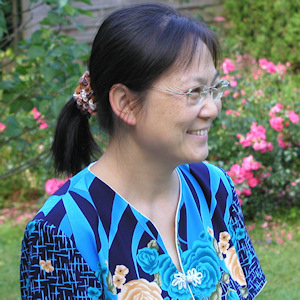 Ji Mian, 2004 |
 Freia, 2001
|
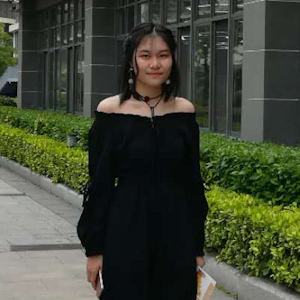 Freia, 2020 |
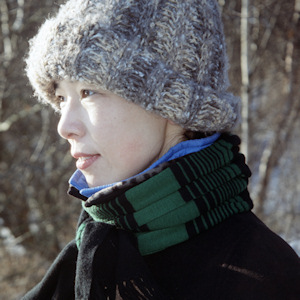 Guo Lanfen, 1997 |
Until 2010 the story of my children would have ended here. But at age 70 I decided that I might as well use some of my wealth for the benefit of poor young people in South East Asia. Thus the growing number of my "children" now includes Nin U Mong from Mandalay, Myanmar, Nin Nin from Bagan, Myanmar, and Vanhxay from a mountain village in northern Laos. I have supported them and/or their families with the purpose of providing them with a decent education, and I have followed them with pleasure on the course of their lives, which is an important part of my "Every Day is Sunday" activities, described in the section on my life.
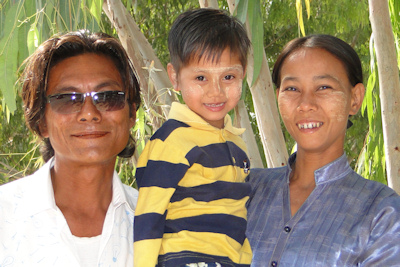 Nin U Mong with her
parents, 2011
|
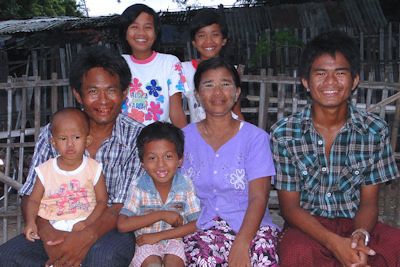 Nin Nin (top left) with her family, 2013 |
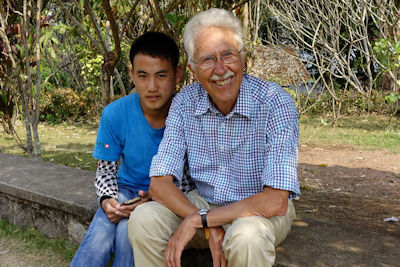
With Vanhxay in Luang
Prabang, 2015
|
Over the years one of these young people,
Nalapan Sungthong from Samut Songkhram near Bangkok, has
grown dear to my heart like a real daughter. She works in
a restaurant by the riverside, and she lives with her
sister in the outskirts of Bangkok. I payed for her study
fees in a Rajabhat University where she obtained a
bachelor degree. She is the one who takes care of me and
helps to solve all my little problems during my frequent
visits to Bangkok, thus making Bangkok not only my second
home but also a place where I have family. Righteously she
calls me father and I call her my dear.
In 2012 I switched from all these individual activities to a more general approach, creating my foundation "A Place for Children" (www.hv-foundation.de, see more details in the section on my life). The individual support has come to an end, and the foundation's money goes to organizations working with young people. The first of these was the YMCA in Mandalay, Myanmar. We built a preschool near the village of Paleik for 3-5 year old children. Originally layed out for 60, it was so successful that it had to be extended after four years. Now it holds 140 children, taken care of by 8 teachers. It bursts with life and joy, and it is a constant source of happiness for the founder.
Since 2016 the foundation is supporting its second big recipient, Michael Sebastian's SMILE project in Luang Prabang, Laos. He gives education and shelter to teenagers from the surrounding poor villages who cannot be supported by their families. His approach is remarkably successful, as to be seen from the careers of his pupils. The foundation subsidizes his running costs and invests heavily in the purchase of a lot and the erection of a permanent residence for the project. The enthusiasm and the excellent language skills of his students promise a rewarding return of this investment.
Now, after 80 years of my life, the fact that I have no children of my own is more than compensated by the pleasure of having so many little ones who never give me trouble, but always give me fun, see the 2019 painting of Myo Zin from Mandalay.
Top Nalapan and her colleagues, 2011 |
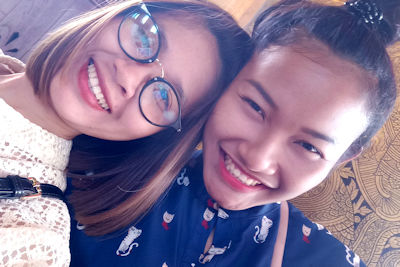 Nalapan and her sister, 2015 |
 Nalapan and I, 2020 |
In 2012 I switched from all these individual activities to a more general approach, creating my foundation "A Place for Children" (www.hv-foundation.de, see more details in the section on my life). The individual support has come to an end, and the foundation's money goes to organizations working with young people. The first of these was the YMCA in Mandalay, Myanmar. We built a preschool near the village of Paleik for 3-5 year old children. Originally layed out for 60, it was so successful that it had to be extended after four years. Now it holds 140 children, taken care of by 8 teachers. It bursts with life and joy, and it is a constant source of happiness for the founder.
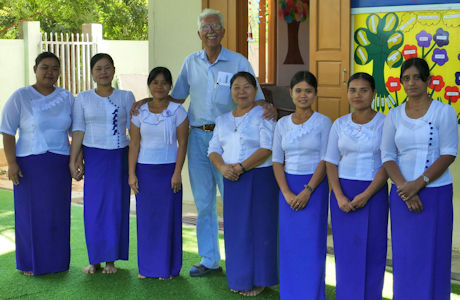 My teachers
|
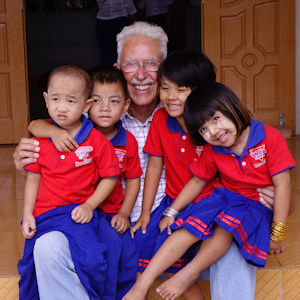 The new uniforms
|
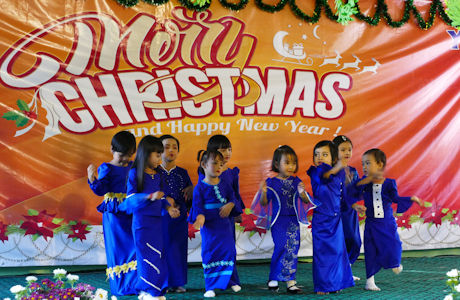 Celebrating holidays
|
Since 2016 the foundation is supporting its second big recipient, Michael Sebastian's SMILE project in Luang Prabang, Laos. He gives education and shelter to teenagers from the surrounding poor villages who cannot be supported by their families. His approach is remarkably successful, as to be seen from the careers of his pupils. The foundation subsidizes his running costs and invests heavily in the purchase of a lot and the erection of a permanent residence for the project. The enthusiasm and the excellent language skills of his students promise a rewarding return of this investment.
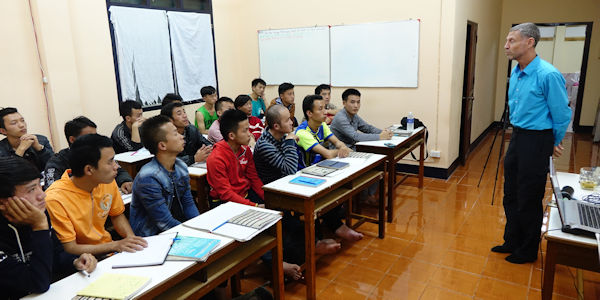 Classroom activities |
The sponsor's visit |
Now, after 80 years of my life, the fact that I have no children of my own is more than compensated by the pleasure of having so many little ones who never give me trouble, but always give me fun, see the 2019 painting of Myo Zin from Mandalay.
 |
| Life | Home | Highlights |